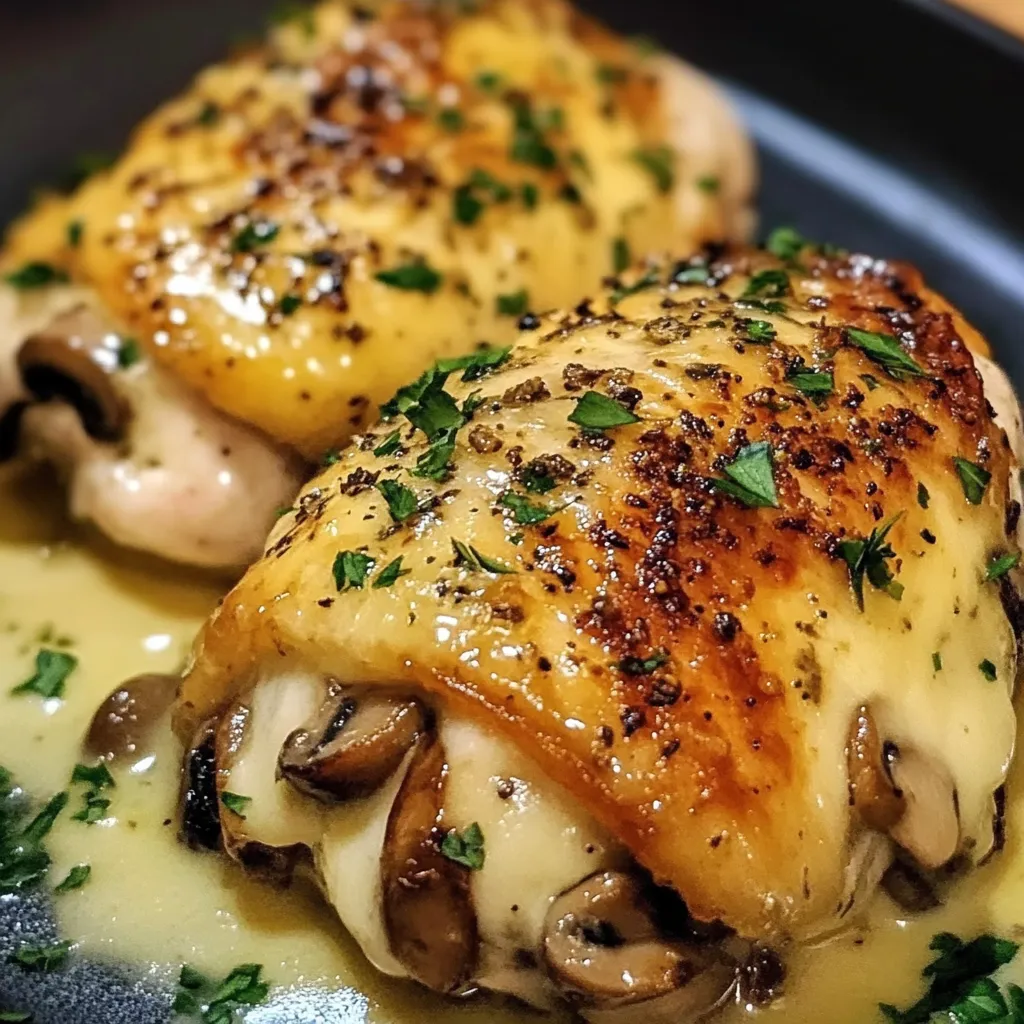 Save
Save
Homemade tomato pasta sauce transforms ordinary meals into memorable dining experiences with minimal effort. This versatile sauce relies on simple ingredients that combine to create deep, robust flavors perfect for countless Italian dishes beyond just pasta.
I discovered this recipe during my Tuscany vacation fifteen years ago. The farmhouse owner showed me how quality ingredients need minimal interference. My family now requests this sauce weekly, claiming store-bought versions taste flat and processed by comparison.
Kitchen Necessities
- San Marzano tomatoes: Their natural sweetness and low acidity create perfect sauce balance without added sugar
- Extra virgin olive oil: Creates the foundation flavor; select bottles stored in dark glass with harvest dates
- Fresh garlic: Provides essential aromatic base; choose firm bulbs without green sprouts
- Yellow onion: Contributes sweetness when caramelized; look for tight, heavy specimens without soft spots
- Fresh basil: Adds brightness impossible with dried herbs; select vibrant green leaves without brown edges
- Sea salt: Enhances all flavors; coarse varieties give better flavor control
- Red pepper flakes: Introduces gentle heat undertones; fresher flakes maintain vibrant color
Creation Process
Foundation Work
Warm three tablespoons olive oil in heavy-bottomed Dutch oven over medium heat until shimmering. Add diced onion with quarter teaspoon salt, cooking until translucent and edges begin caramelizing, approximately seven minutes. This slow cooking develops essential sweetness that balances tomato acidity.
Aromatic Development
Add minced garlic and red pepper flakes, stirring continuously for forty-five seconds until fragrant but not browned. Garlic burns quickly, turning bitter and ruining sauce foundation, so maintain vigilant attention during this critical phase.
Primary Combination
Pour canned tomatoes including juices into pot, crushing each tomato with wooden spoon. Stir thoroughly, scraping browned bits from pot bottom which contain concentrated flavor compounds. Add salt, pepper, and whole basil sprigs before reducing heat.
Patience Period
Allow sauce to simmer uncovered for minimum forty-five minutes, occasionally stirring to prevent bottom scorching. Sauce should reduce by approximately one-quarter, intensifying flavors and developing silky texture. Taste occasionally, adjusting seasonings as needed.
Finishing Touches
Remove from heat, discard basil stems. For smoother consistency, use immersion blender briefly or transfer portions to standard blender. Stir in fresh chopped basil, additional olive oil drizzle, and final seasoning adjustments.
 Save
Save
My grandmother insisted San Marzano tomatoes remained non-negotiable for proper sauce. Watching her carefully select each ingredient taught me patience transforms simple components into extraordinary results. Sunday sauce preparation became meditative ritual connecting generations through shared taste memories.
Serving Inspirations
This versatile sauce transcends basic pasta applications. Spoon over homemade polenta for comfort food perfection. Use as flavorful pizza base substantially elevating frozen crusts. Create shakshuka by creating depressions in simmering sauce, cracking eggs directly into hollows. Transform into quick soup by adding vegetable broth and beans. Elevate grilled vegetables and meats with warm sauce drizzle just before serving.
Personalization Options
Transform this foundational recipe through thoughtful modifications tailored to your preferences. Incorporate finely diced carrots and celery during onion cooking for traditional soffritto base. Brown ground beef, Italian sausage, or pancetta before adding tomatoes for heartier meat sauce. Blend roasted red peppers into finished sauce for smoky sweetness. Simmer with splash of cream and vodka for elegant pink sauce variation. Replace basil with oregano and thyme for earthier herbaceous profile more suited to pizza applications.
Preservation Methods
Properly stored sauce maintains optimal quality and food safety. Refrigerate cooled sauce in airtight glass containers up to five days. Freeze flat in zip-top freezer bags for space-efficient storage lasting four months. Thaw frozen sauce overnight in refrigerator for best texture preservation. Reheat gently over medium-low heat, adding splash of broth if consistency needs adjustment. Consider water-bath canning properly acidified batches using pressure canner following tested preservation guidelines for shelf-stable storage.
 Save
Save
Creating exceptional sauce requires understanding food fundamentals rather than complicated techniques. This recipe reminds us cooking connects humanity through shared sensory experiences transcending language and culture. Whether preparing quick weeknight dinner or special gathering centerpiece, homemade sauce communicates care impossible through commercial alternatives. The effort invested returns multifold through memorable meals and cherished traditions.
Common Questions About Cooking
- → Can I prepare this chicken dish ahead of time?
- Yes! You can stuff the chicken breasts and refrigerate them for up to 24 hours before cooking. You can also fully cook them, refrigerate for 3 days, and reheat in the oven at 350°F for 15 minutes.
- → What can I serve with this stuffed chicken?
- This chicken pairs perfectly with roasted green beans, mashed potatoes, a simple salad, or quinoa. Any light side dish complements the richness of the chicken.
- → Can I freeze the stuffed chicken?
- Absolutely! You can freeze them either before or after cooking. Wrap individually and freeze for up to 3 months. Thaw overnight in the fridge before cooking or reheating.
- → How do I know when the chicken is fully cooked?
- The chicken is done when it reaches an internal temperature of 165°F. If you don't have a thermometer, cut into the thickest part - the meat should be white with no pink showing.
- → Can I use different cheese for the filling?
- Definitely! Try swiss, provolone, or gouda for different flavors. Just make sure to include some cream cheese to keep the filling creamy and melty.
